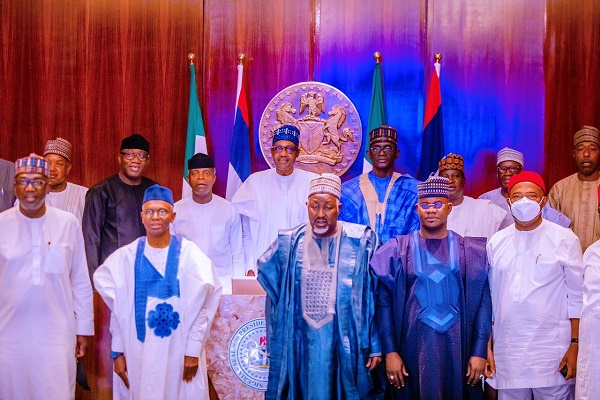One act was central to converting what had already been a week of killing and confrontation at Marikana in 2012 into a massacre. That was the instruction for the police to launch the operation against the strikers on the afternoon of 16 August. This led directly to the police killing 34 people and seriously injuring many others.
In the days before, there had been many other acts of violence. Three strikers had been killed by police. Seven other people, including two police officers, were murdered allegedly by people associated with the strike.
The Marikana Commission report provides a list of matters to be referred to the North West Director of Public Prosecutions for investigation ‘to determine whether there are bases for prosecution.’ One of these is ‘the possible liability of senior officers in the South African Police Services’ for the shootings that took place on 16 August.
The National Prosecuting Authority (NPA) has initiated prosecutions for some of the…



